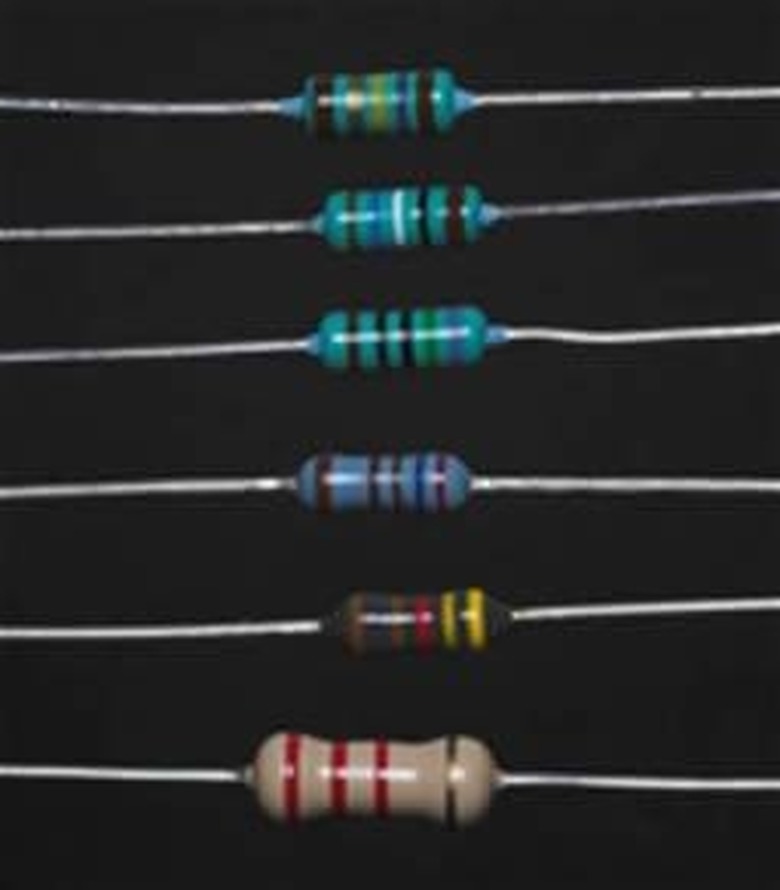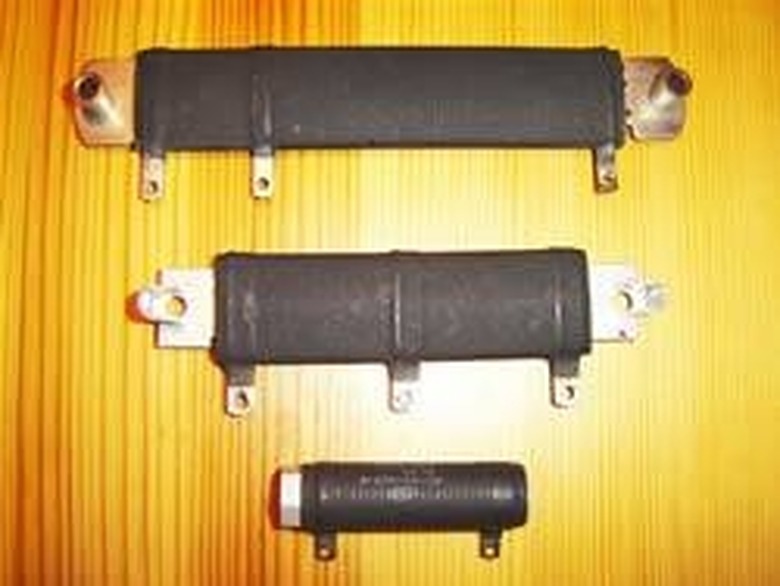What Are Resistors Used For?
Resistors are electrical components that help control the amount of current in a circuit. The most common types are regular or ohmic ones, where the higher the resistance is, the less current there is that is available for a given voltage.
Significance
Significance
Resistors are vital components in most circuits. Their primary role is that of current limiters, which can protect other devices from overload or destruction.
Features
Features
When combined with certain electrical components they form important, fundamental circuits. When coupled with capacitors they perform as filters or voltage dividers, and when coupled with capacitors and inductors, they form oscillatory AC circuits.
Construction
Construction
Resistors are composed of conductors or semiconductors. The most common ones are formed from carbon encased in lacquer. The next most common ones are made from coils of metal wire.
Types
Types
Regular resistors are basically linear. Other types may be variable or nonlinear or both and these include potentiometers, varistors, thermistors and photoresistors.
Function
Function
An important function is when a resistor is used as a heating element as in the case of irons, toasters, heaters, electric stoves and hair dryers. Resistors also produce light as filaments in light bulbs. Variable ones may function as sensors, switches or voltage dividers.
Cite This Article
MLA
Lewis, Kim. "What Are Resistors Used For?" sciencing.com, https://www.sciencing.com/resistors-used-5050078/. 24 April 2017.
APA
Lewis, Kim. (2017, April 24). What Are Resistors Used For?. sciencing.com. Retrieved from https://www.sciencing.com/resistors-used-5050078/
Chicago
Lewis, Kim. What Are Resistors Used For? last modified March 24, 2022. https://www.sciencing.com/resistors-used-5050078/

